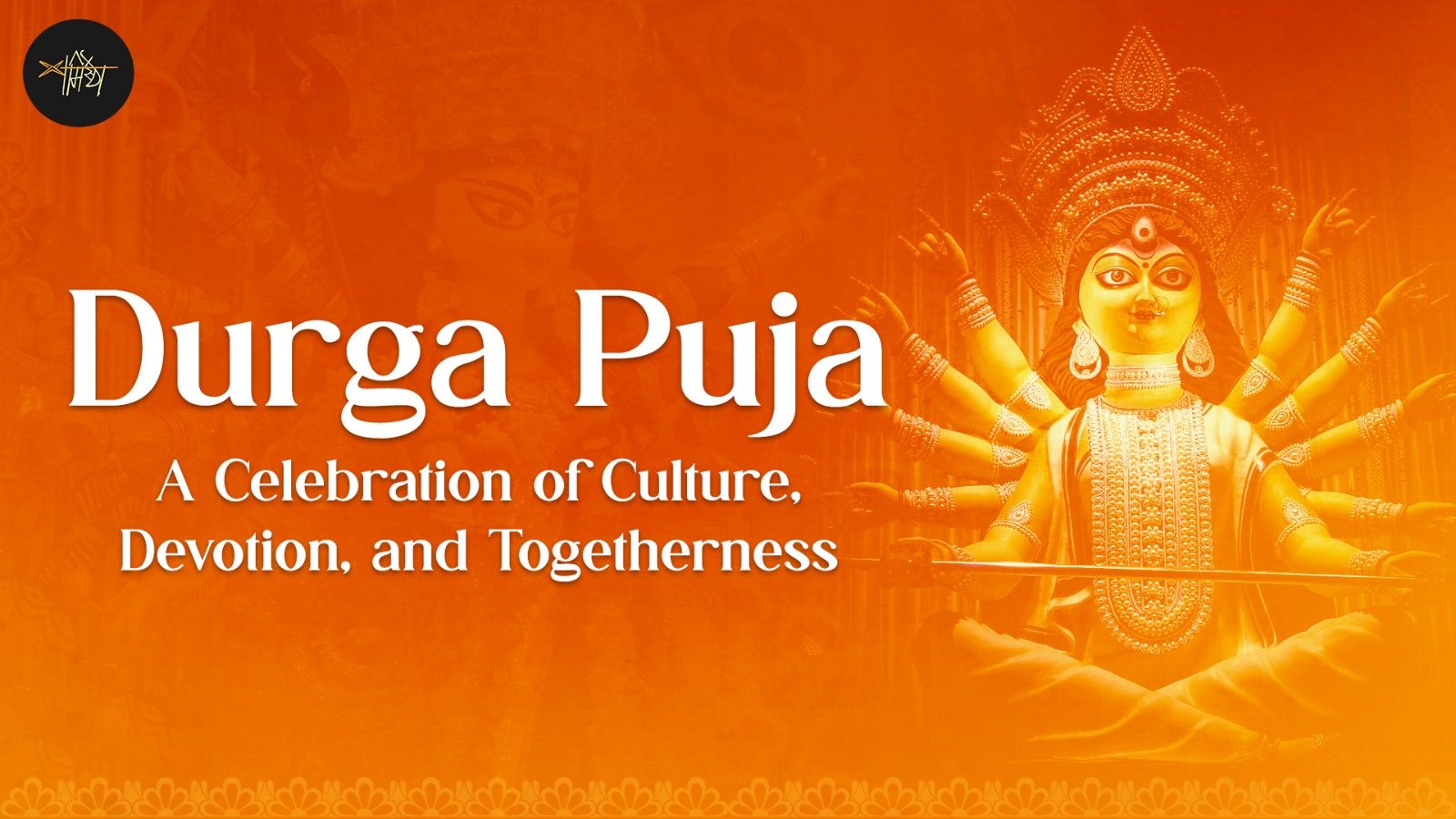One of India's biggest religious festivals, the Jagannath Puri Rath Yatra, gets under way on Thursday. The festival is unique in that three Hindu gods are taken out of their temples in a colourful procession to meet their devotees. The BBC's Priyanka Pathak explains the legend behind the festival and its significance. The biggest of these processions takes place in Puri in the eastern state of Orissa, while the other takes place in the western state of Gujarat. Believed to be the oldest Rath Yatra or chariot procession in the world, this festival marks the annual ceremonial procession of Lord Jagannath, his elder brother Balabhadra and younger sister Subhadra, from their home temple to another temple, located in what is believed to be their aunt's home. This journey is documented in undated Hindu sacred texts known as the Puranas which are believed to have been written a few thousand years ago. What makes it so interesting? This is the only festival in the world where deities are taken out of temples to travel to devotees, and it is also the largest chariot procession in the world. Millions of people come to watch as a "king" sweeps the road with a golden mop and three massive 18-wheeled chariots bearing the sibling deities make their way through massive crowds. Their chariots, which are mini architectural marvels, are constructed over 42 days from over 4,000 pieces of wood by the only family that has the hereditary rights to make them. Legend says it always rains on the day of the procession. For a whole week before, the temple doors are shut and no one is allowed inside, because it is believed that the sibling deities have a fever after bathing in the sun with 108 pitchers of water. The breaking of their fever calls for a change of scenery, which is why they go to their aunt's home for a few days. The size, pomp and splendour of this procession has even contributed a word to the English dictionary: Juggernaut. What is the legend of the sibling deities? Unlike the ornate, carefully crafted metal idols everywhere else, these three deities are fashioned from wood, cloth and resin. They are malformed with large heads and no arms: reminders of the legend of an impatient King. The legend begins in different ways. One speaks of an arrogant Indradyumna, King of Puri in the east, who tried to steal the Hindu god Krishna's heart. It had been immersed in the legendary Dwarka sea after his cremation and had reappeared to the tribespeople of the place as an idol. When Indrayumna tried to claim its possession, the idol disappeared. The repentant king sought absolution from Krishna by sanctifying him in another form.Another speaks of how Krishna's grief-stuck siblings - his elder brother Balabhadra and younger sister Subhadra- rushed into the Dwarka sea carrying his half-cremated body. At the same moment, King Indrayumna dreamed that Krishna's body had floated back up on his shores as a log. The two legends merge here: Indrayumna decided to build a temple to house the log. His next task was to find someone to craft the idols from it. Legends say that Vishwakarma, God's own architect, arrived as an old carpenter. He agreed to carve the idols, but on the condition that he was not to be disturbed. However, when he did not emerge from his workshop for weeks, going without food, water or rest, a worried and impatient King threw the door open
Rath Yatra: The legend behind world's largest chariot festival
Sarmistha Ray
||
Post On > Jun 24 2023 ||


The Best Places to Visit in West Bengal During Autumn-Winter Transition
2025-10-08 10:55:53

Durga Puja: A Celebration of Culture, Devotion, and Togetherness
2025-08-28 14:45:06

Recitation Was Once Considered a Competitive Sport in Ancient Greece
2025-08-13 13:11:14

Recitation Across Cultures: A Global Perspective
2025-08-06 14:50:44

The Power of the Spoken Word: Techniques and Traditions in Recitation
2025-07-30 13:51:52

Travel in Monsoon: A Magical Experience
2025-07-02 15:03:12